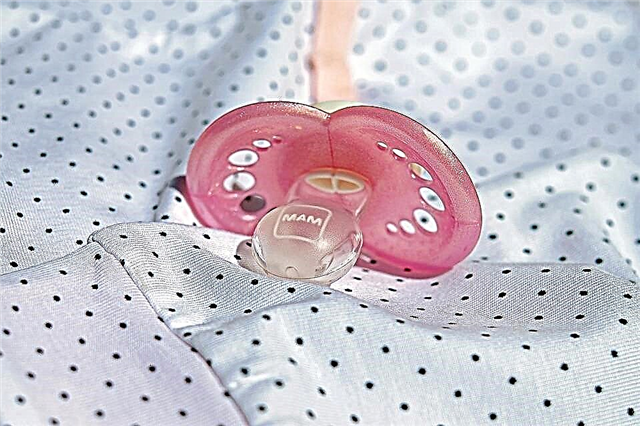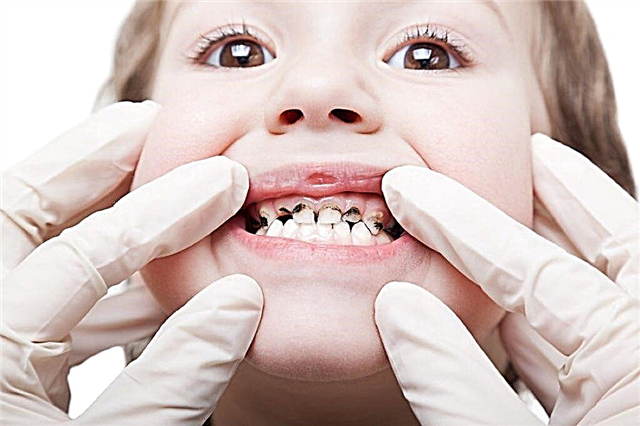
The blood in the child's body is represented by a liquid part and several types of cells. Among them there are normal and abnormal cells. Having heard that mononuclear cells were found in the blood test of the baby, parents first of all think about the disease, but are these cells pathological or can they be present normally?

What is it
The term "mononuclear cells»Is used in relation to all blood cells that have one nucleus. Their representatives are monocytes and lymphocytes. There are no granules inside mononuclear cells, therefore they are also called agranulocytes. The lymphocytes in the baby's body are responsible for immune responses.
Depending on the type of such cells, they either directly destroy the harmful substance or infectious agent, or produce antibodies.
Monocytes, also called mononuclear phagocytes, are equally important for immunity. Converting into macrophages, these cells are able to absorb bacteria and viruses, as well as transmit signals to lymphocytes about the appearance of an "enemy" in the child's body.

When and how mononuclear cells are determined
Mononuclear blood cells are determined during a general blood test of a child, when the leukocyte formula is deciphered. This formula indicates the percentage of all leukocytes, including monocytes and lymphocytes. Assessing their level is important in such situations:
- If the child is examined routinely to exclude hidden diseases.
- If the child has complaints and the doctor suspects infection or inflammation.
- If the child is prescribed treatment and the doctor needs to know its effectiveness.
The norm of mononuclear cells
In a blood test for children under five monocytes normally account for only 4 to 10% of all white blood cells. From the age of 5, the normal percentage of monocytes in the child's leukogram is considered 4-6%, and from 15 years old - 3-7%.
As for lymphocytes, then immediately after birth they make up 16-32% of all leukocytes, but already by the fifth day of life rise to 40-60%, remaining at this level during the first years of life. Their number exceeds the percentage of all other leukocytes up to 5 years of age, when there are 35-55% of lymphocytes. Then their level decreases slightly, normally in children over 10 years of age from 30 to 45% of the total number of white blood cells.
We recommend that you watch the release of Elena Malysheva's program "Living Healthy!", Which highlights the topic of leukocyte formula:
Changing the level of mononuclear cells
The reasons for the change in the number of monocytes in the child's blood are:
A change in the level of lymphocytes in the blood of children is due to the following reasons:
Atypical mononuclear cells
In addition to the cells normal for the analysis of the child's blood, which include monocytes and lymphocytes, with diseases among them, and pathological mononuclear cellsalso called atypical or virocytes. Such cells are modified mononuclear blood cells.
Normally, their content in the child's blood is 0-1%, and an increase is observed with viral infections. Also, a slight increase in virocytes is possible with autoimmune processes, tumors or after vaccination. However, in such cases, the level of these cells rarely exceeds 10%.

The highest level of atypical mononuclear cells is diagnosed with infectious mononucleosis. This disease is caused by the Epstein-Barr virus, which is why this disease is also called EBV infection. The detection of virocytes in the blood of children in an amount of more than 10% is one of the diagnostic signs confirming the presence of infectious mononucleosis in a patient.
Sometimes the white blood cells of a child with EBV infection are more than 50% atypical mononuclear cells. It is also worth noting that for several weeks after recovery, the level of virocytes in a child who has had infectious mononucleosis will remain elevated.




